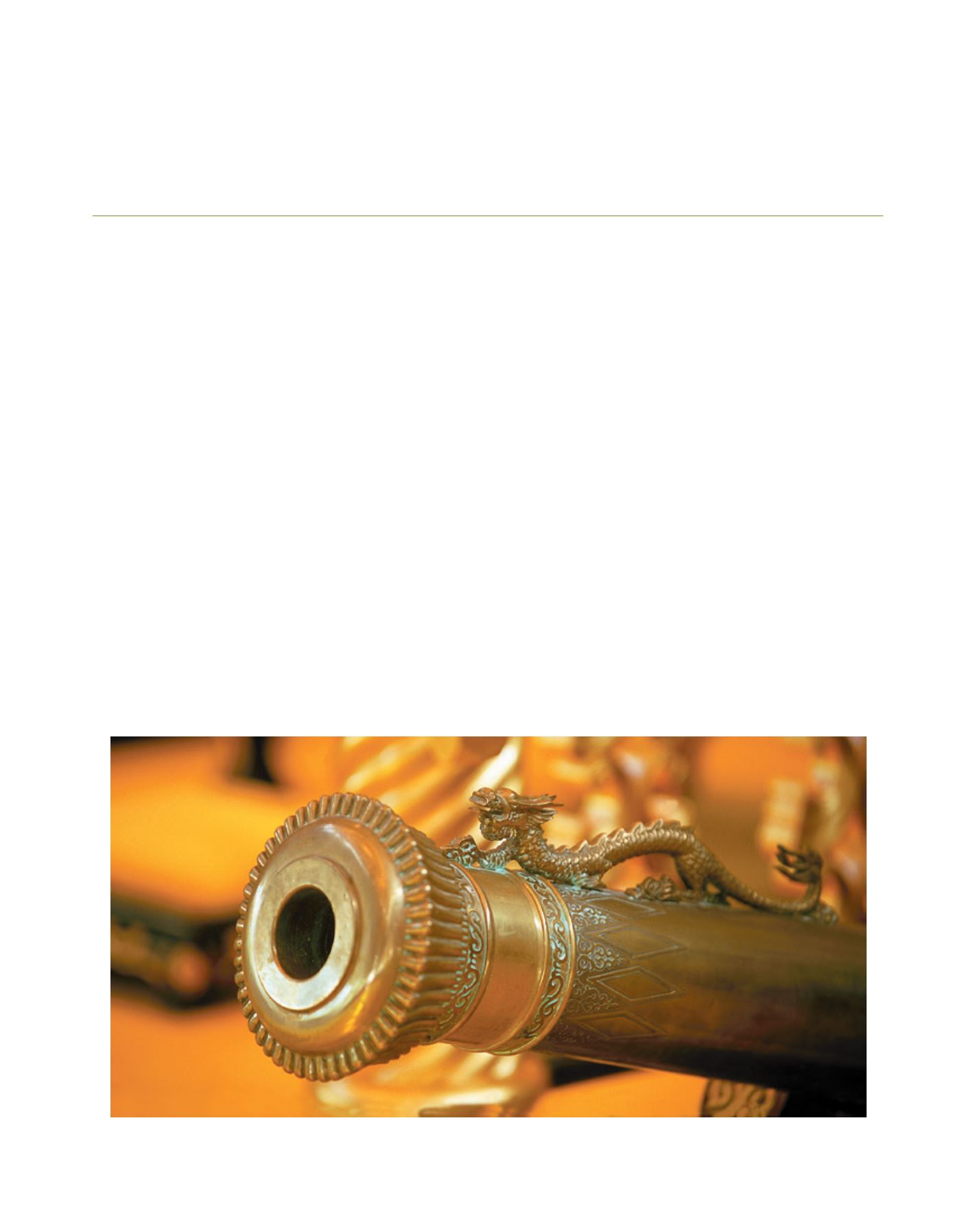

[
] 137
Current status and issues for safeguarding
intangible cultural heritage in Brunei Darussalam
Mohd Abdoh Damit, Acting Assistant Director (Culture and the Arts), Ministry of Culture, Youth and Sports
B
runei, properly known as Brunei Darussalam (the
Abode of Peace), is a small Malay sultanate located
on the north-western coastal fringe of Borneo, the
third-largest island in the world. To the south-west of
Brunei is Sarawak, to the north-east is Sabah, while to the
south lies Kalimantan. Both Sabah and Sarawak belong
to the Federation of Malaysia and Kalimantan is a part of
Indonesia. Borneo itself is located in the islands of South-
East Asia, the crossroads of trade, commerce and cultures.
Brunei Darussalam has a total area of 5,765 square kilometres
(2,226 square miles) with coastline of 161 kilometres. The
country is divided into four – the Brunei and Muara, Belait,
Tutong and Temburong districts. Its population is about 400,000,
comprising Malays, Chinese, Indians, indigenous groups and
expatriates. Bandar Seri Begawan is the capital city, the seat of
the Government and centre of population and commerce.
Brunei and ASEAN
In 1984, Brunei Darussalam became independent from Great
Britain and marked the beginning of its participation in the
international scene. Brunei has been a member of many regional
and international organizations, among them the Association of
Southeast Asian Nations (ASEAN). The country played a great
role in this organization, such as in culture and heritage. Brunei
was part of the ASEAN Committee on Culture and Information
(COCI), an organization that was formed in 1978 to look after
ASEAN’s cultural development and activities. Apart from organ-
izing ASEAN-COCI projects in the country, Brunei Darussalam
was also a very active participant in other ASEAN countries’
programmes and projects. To better understand the ASEAN
culture and heritage, Brunei has also established the ASEAN
Corner at the Brunei National Museum to showcase ASEAN
culture and tradition. ASEAN Corner was an ASEAN-COCI
initiative to commemorate the fortieth anniversary of ASEAN,
as stated during the 8th Sub-Committee Cultural ASEAN-COCI
Meeting held in November 2006 in Ho Chi Minh City, Viet
Nam. All member states have to establish their own ASEAN
Corner at their respective national museums. Brunei’s ASEAN
Corner was opened at the National Museum in November 2007,
highlighting the respective culture, lifestyle and spirit of the
10 ASEAN member countries as a form of informal education.
Image: DK
Bronze cannon making is an important traditional art, and has been a significant Bruneian symbol of power and wealth since the thirteenth century
A
gree
to
D
iffer

















